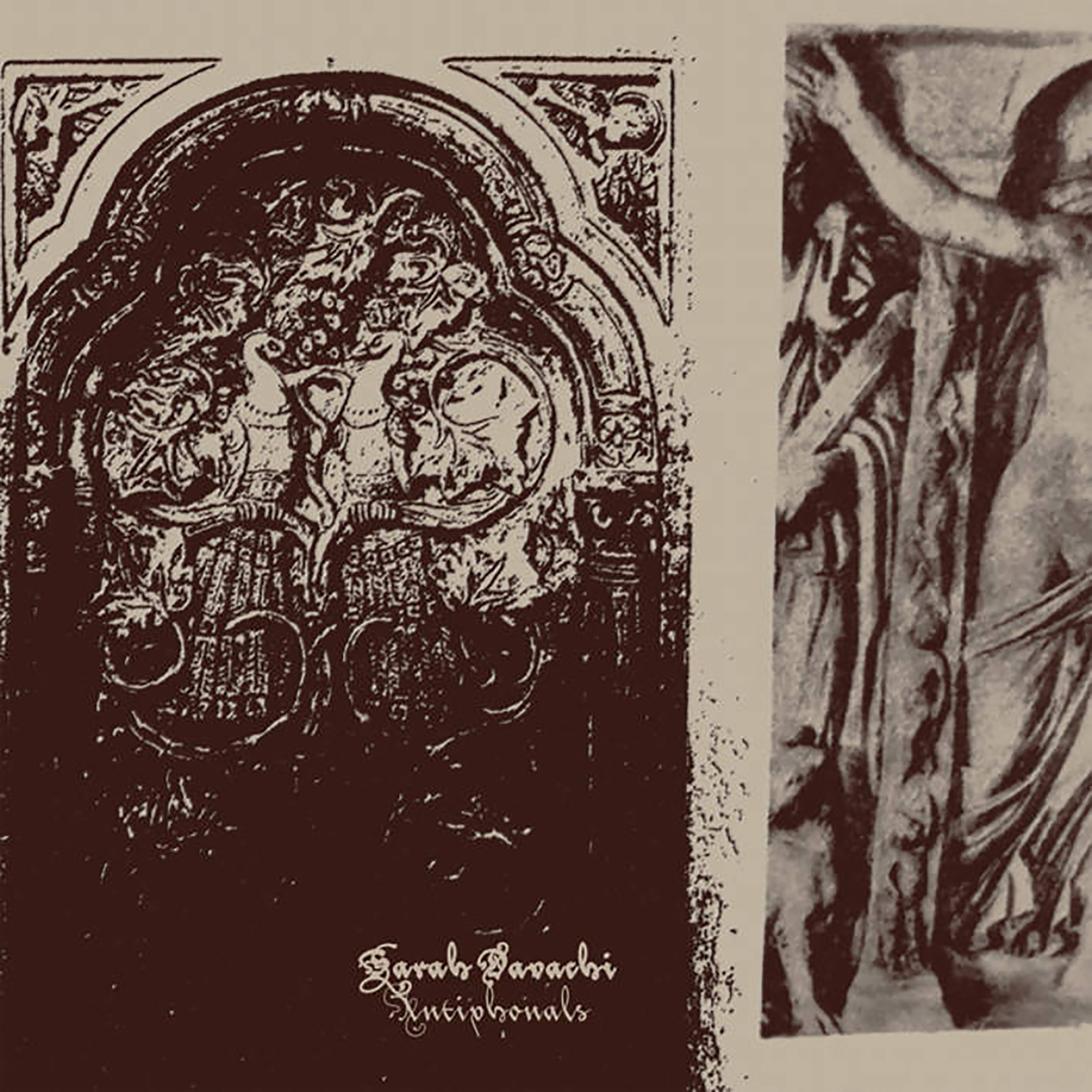 In my review of Cantus Figures Laurus last month, I half-jokingly noted that Sarah Davachi's creative arc seems unavoidably headed towards composing a full-on Mellotron-driven prog rock opus. While she has not quite reached that dubious culminating achievement yet, Antiphonals is arguably another significant step in that direction, as it is very Mellotron-centric and the vinyl release features a sticker comparing it to a prog album with everything removed except the keyboard parts. For the most part, however, the change in instrumentation did not inspire any particularly dramatic stylistic transformations, as Antiphonals mostly picks up right where Cantus, Descant left off, which is somewhere best described as "like a blurred, stretched, and deconstructed organ mass." In keeping with that theme, both an electric organ and a pipe organ are featured (along with plenty of other instruments), yet the resemblance to an organ mass is more spiritual than overt this time around. In more concrete terms, that means that Davachi's sound palette has broadened a bit from Cantus, but she is still very much focused on somberly meditative moods, glacial melodies, bleary drones, and subtle harmonic transformations.
In my review of Cantus Figures Laurus last month, I half-jokingly noted that Sarah Davachi's creative arc seems unavoidably headed towards composing a full-on Mellotron-driven prog rock opus. While she has not quite reached that dubious culminating achievement yet, Antiphonals is arguably another significant step in that direction, as it is very Mellotron-centric and the vinyl release features a sticker comparing it to a prog album with everything removed except the keyboard parts. For the most part, however, the change in instrumentation did not inspire any particularly dramatic stylistic transformations, as Antiphonals mostly picks up right where Cantus, Descant left off, which is somewhere best described as "like a blurred, stretched, and deconstructed organ mass." In keeping with that theme, both an electric organ and a pipe organ are featured (along with plenty of other instruments), yet the resemblance to an organ mass is more spiritual than overt this time around. In more concrete terms, that means that Davachi's sound palette has broadened a bit from Cantus, but she is still very much focused on somberly meditative moods, glacial melodies, bleary drones, and subtle harmonic transformations.
Late Music
As was previously the case with Cantus, Descant, Antiphonals' title plainly states the compositional theme of the album. The term is usually applied to liturgical or traditional choral music and roughly means that two choirs are singing different themes that interact with each other. While there are not any choirs here, the album’s overarching aesthetic seems to be sketchlike compositions in which Davachi brings together two simple motifs to rub up against one another in interesting ways. I say "sketchlike" because she does not seem particularly interested in crafting strong melodies or complete compositional arcs for most of these pieces, opting to instead zoom in closely on harmonies and textures that tend to come to an abrupt end when a piece has run its course. That said, the album does feature one (somewhat) fully formed and melodic centerpiece ("Gradual of Image") that combines minor key acoustic arpeggios, a quietly gorgeous organ melody, and fluttering, dreamy layers of Mellotron. That is Davachi's most "prog" moment and it executed beautifully. For me, however, the album’s zenith is the ghostly drone of "Magdalena," which sounds like a spectral brass ensemble conjuring slow motion waves of aching melancholy. It is a masterful slow burn, gradually revealing shifting patterns and warm harmonies. In fact, it may be one of the most perfect pieces that Davachi has composed to date, so the album's primary allure is "one killer drone piece and a very promising prog detour," but a couple of the remaining pieces are compelling as well. For example, "Border of Mind" initially sounds like a murky tape of a small string ensemble trying their damnedest to acoustically replicate Sunn O)))'s gnarled and blown-out drones, but it quickly dissolves into a hallucinatory coda of smeared flutes and uneasily dissonant harmonies. Elsewhere, "Rushes Recede" takes the opposite route, as bleary flute-like Mellotron drones gradually blossom into something resembling a sublime organ mass. For me, "Rushes Recede" feels like the third and final highlight of the album, yet fans who are more enamored with Davachi's recent indulgently minimal "ancient cathedral" direction will likely find Antiphonals to be a worthy successor to Cantus, Descant. While this is admittedly not my favorite side of her work, I can still very much appreciate the way she is slowing down and burrowing deeper, as though she is tenaciously peeling away layer after layer of craft to get to the pure essence of her vision.
Samples can be found here.
 This latest collaboration between Nurse With Wound’s Colin Potter and guitarist/Twenty Herz label-head Paul Bradley is an experiment in returning to an earlier, less complicated way of making an album: only two guys in a studio with some instruments. Despite that, it is not a stunning or radical departure from either musician’s past solo work, though it bears a stronger resemblance to ambient’s early days than usual. It was an inspired move in theory, but the end result suggests that making music the complicated way might be a still better idea.
This latest collaboration between Nurse With Wound’s Colin Potter and guitarist/Twenty Herz label-head Paul Bradley is an experiment in returning to an earlier, less complicated way of making an album: only two guys in a studio with some instruments. Despite that, it is not a stunning or radical departure from either musician’s past solo work, though it bears a stronger resemblance to ambient’s early days than usual. It was an inspired move in theory, but the end result suggests that making music the complicated way might be a still better idea.

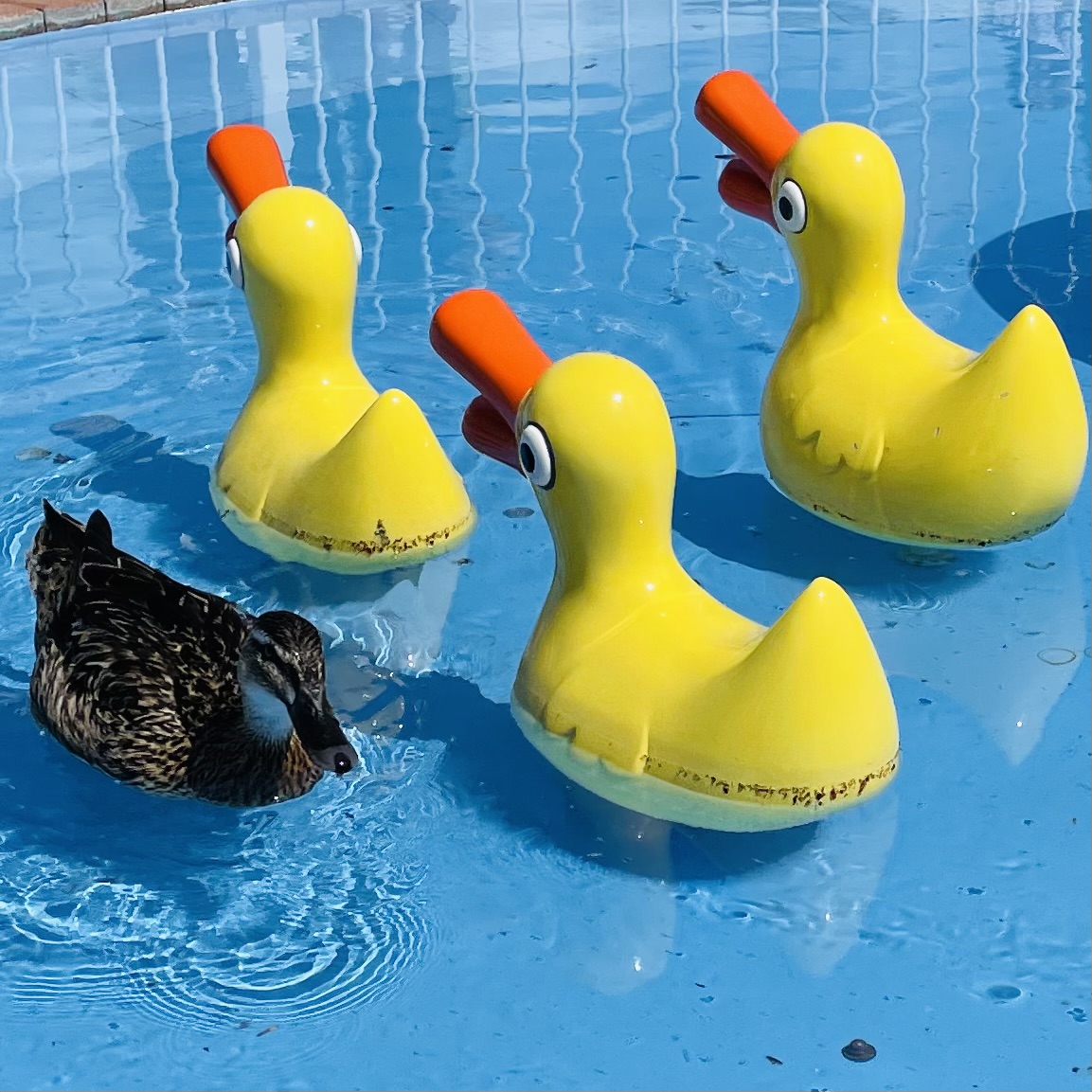
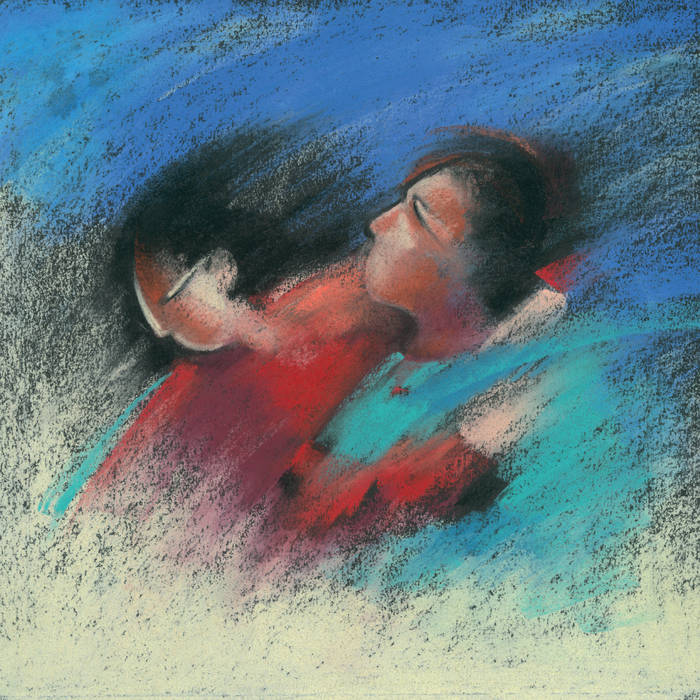 In 1992, 8-bit samplers were cutting-edge gear. This reissue of Chaleur Humaine by French siblings Danielle and Didier Jean, shows Didier's use of a sampler to reshape and project his sister’s voice into a memorable, magical-sounding dream world with barely discernible hints of doom under the glossy enveloping surface. At times it is reminiscent of the tracks "Alsee," "Criminie," "Bruma," and " Wask," on Nuno Canavarro’s Plux Quba (1988). Very different albums in some senses, but in a wildly imperfect analogy, the recognizable voice parts on Plux are like Elizabeth Fraser hiccuping through tubes in an Yves Tanguy surrealist painting whereas Chaleur resembles Virginia Astley and Sheila Chandra harmonizing with helium-high hedgehogs in a symbolist landscape by Marc Chagall.
In 1992, 8-bit samplers were cutting-edge gear. This reissue of Chaleur Humaine by French siblings Danielle and Didier Jean, shows Didier's use of a sampler to reshape and project his sister’s voice into a memorable, magical-sounding dream world with barely discernible hints of doom under the glossy enveloping surface. At times it is reminiscent of the tracks "Alsee," "Criminie," "Bruma," and " Wask," on Nuno Canavarro’s Plux Quba (1988). Very different albums in some senses, but in a wildly imperfect analogy, the recognizable voice parts on Plux are like Elizabeth Fraser hiccuping through tubes in an Yves Tanguy surrealist painting whereas Chaleur resembles Virginia Astley and Sheila Chandra harmonizing with helium-high hedgehogs in a symbolist landscape by Marc Chagall. In my review of Cantus Figures Laurus last month, I half-jokingly noted that Sarah Davachi's creative arc seems unavoidably headed towards composing a full-on Mellotron-driven prog rock opus. While she has not quite reached that dubious culminating achievement yet, Antiphonals is arguably another significant step in that direction, as it is very Mellotron-centric and the vinyl release features a sticker comparing it to a prog album with everything removed except the keyboard parts. For the most part, however, the change in instrumentation did not inspire any particularly dramatic stylistic transformations, as Antiphonals mostly picks up right where Cantus, Descant left off, which is somewhere best described as "like a blurred, stretched, and deconstructed organ mass." In keeping with that theme, both an electric organ and a pipe organ are featured (along with plenty of other instruments), yet the resemblance to an organ mass is more spiritual than overt this time around. In more concrete terms, that means that Davachi's sound palette has broadened a bit from Cantus, but she is still very much focused on somberly meditative moods, glacial melodies, bleary drones, and subtle harmonic transformations.
In my review of Cantus Figures Laurus last month, I half-jokingly noted that Sarah Davachi's creative arc seems unavoidably headed towards composing a full-on Mellotron-driven prog rock opus. While she has not quite reached that dubious culminating achievement yet, Antiphonals is arguably another significant step in that direction, as it is very Mellotron-centric and the vinyl release features a sticker comparing it to a prog album with everything removed except the keyboard parts. For the most part, however, the change in instrumentation did not inspire any particularly dramatic stylistic transformations, as Antiphonals mostly picks up right where Cantus, Descant left off, which is somewhere best described as "like a blurred, stretched, and deconstructed organ mass." In keeping with that theme, both an electric organ and a pipe organ are featured (along with plenty of other instruments), yet the resemblance to an organ mass is more spiritual than overt this time around. In more concrete terms, that means that Davachi's sound palette has broadened a bit from Cantus, but she is still very much focused on somberly meditative moods, glacial melodies, bleary drones, and subtle harmonic transformations. One of the many surprises of the last few years has been the current pipe organ renaissance unfolding in the experimental music world (your days are numbered, modular synths!). Thankfully, we still seem to be in the honeymoon phase of that phenomenon, as the vanguard of Kali Malone, Sarah Davachi, and Lawrence English are all fairly consistent in exclusively releasing strong and/or interesting albums. This latest release is English's second (after last year's Lassitude) to focus entirely upon pieces composed on an 19th century organ housed in Brisbane's The Old Museum. This is a very different album than its predecessor, however, as Lassitude was comprised of homages to Éliane Radigue and Phill Niblock. On Observation of Breath, English instead derives conceptual inspiration from Charlemagne Palestine's "maximal minimalism" as well as the mechanics of breathing (quite relevant when pipe organs are involved). There is one more favorable similarity to Lassitude, however, as this album also features one stone-cold masterpiece that spans an entire side of vinyl.
One of the many surprises of the last few years has been the current pipe organ renaissance unfolding in the experimental music world (your days are numbered, modular synths!). Thankfully, we still seem to be in the honeymoon phase of that phenomenon, as the vanguard of Kali Malone, Sarah Davachi, and Lawrence English are all fairly consistent in exclusively releasing strong and/or interesting albums. This latest release is English's second (after last year's Lassitude) to focus entirely upon pieces composed on an 19th century organ housed in Brisbane's The Old Museum. This is a very different album than its predecessor, however, as Lassitude was comprised of homages to √âliane Radigue and Phill Niblock. On Observation of Breath, English instead derives conceptual inspiration from Charlemagne Palestine's "maximal minimalism" as well as the mechanics of breathing (quite relevant when pipe organs are involved). There is one more favorable similarity to Lassitude, however, as this album also features one stone-cold masterpiece that spans an entire side of vinyl.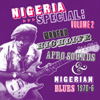 This is purportedly the final album in Soundway’s excellent Nigeria Special series (a fact that causes me no small amount of pain), but at least it is concluding in fine form. While some of the previous albums may have hit higher highs, the breezy, laid-back songs collected here might be the most consistently strong and listenable batch yet (though without entirely forgoing eccentricity). This will likely be the soundtrack for my summer.
This is purportedly the final album in Soundway’s excellent Nigeria Special series (a fact that causes me no small amount of pain), but at least it is concluding in fine form. While some of the previous albums may have hit higher highs, the breezy, laid-back songs collected here might be the most consistently strong and listenable batch yet (though without entirely forgoing eccentricity). This will likely be the soundtrack for my summer.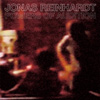 Few current artists are as conspicuously detached from their own era as San Francisco’s Jonas Reinhardt, as there is essentially nothing on Powers of Audition or 2008’s self-titled debut that betrays any inspiration gleaned from the last two decades of recorded music (or culture in general). Nevertheless, his influences are pretty eclectic within the narrow confines of analog’s golden age, as hints of space rock, early synth experimentalism, krautrock, and forgotten cult film soundtracks all find their way into his defiantly dated aesthetic.
Few current artists are as conspicuously detached from their own era as San Francisco’s Jonas Reinhardt, as there is essentially nothing on Powers of Audition or 2008’s self-titled debut that betrays any inspiration gleaned from the last two decades of recorded music (or culture in general). Nevertheless, his influences are pretty eclectic within the narrow confines of analog’s golden age, as hints of space rock, early synth experimentalism, krautrock, and forgotten cult film soundtracks all find their way into his defiantly dated aesthetic. 99% is the record that significantly expanded Meat Beat Manifesto’s audience by narrowing the band’s sound. It was somehow smaller, cleaner, and less ambitious than the records before it, but it managed to give the band a voice that a wider audience could understand.
99% is the record that significantly expanded Meat Beat Manifesto’s audience by narrowing the band’s sound. It was somehow smaller, cleaner, and less ambitious than the records before it, but it managed to give the band a voice that a wider audience could understand.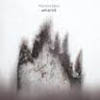 Lopez’ music has a way of getting under my skin, in the same way the faint whine from fluorescent lights and computer screens in an office or the background hum of refrigerators and appliances at home do. While listening to Amarok it becomes part of the environment and the mind filters out its steady subliminal assault. At times I almost forgot I had an album playing, but then the pressure either built up with noise reasserting itself, or it halted abruptly at which times I felt an immediate sense of ease and relaxation. These moments don’t last though and the underlying anxiety (both frigid and animalistic) inevitably returns.
Lopez’ music has a way of getting under my skin, in the same way the faint whine from fluorescent lights and computer screens in an office or the background hum of refrigerators and appliances at home do. While listening to Amarok it becomes part of the environment and the mind filters out its steady subliminal assault. At times I almost forgot I had an album playing, but then the pressure either built up with noise reasserting itself, or it halted abruptly at which times I felt an immediate sense of ease and relaxation. These moments don’t last though and the underlying anxiety (both frigid and animalistic) inevitably returns. What initially drew me to Anthony Mangicapra’s work was his reminiscence to classic Nurse With Wound and irr. app. (ext.) pieces and over the last few years his own style has become more distinct, his own artistic voice becoming a firm command to listen. On this cassette, the sound he has been developing appears to have undergone another shift and both sides of the tape reveal new facets of his approach to sound.
What initially drew me to Anthony Mangicapra’s work was his reminiscence to classic Nurse With Wound and irr. app. (ext.) pieces and over the last few years his own style has become more distinct, his own artistic voice becoming a firm command to listen. On this cassette, the sound he has been developing appears to have undergone another shift and both sides of the tape reveal new facets of his approach to sound.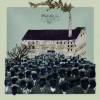 Among the current crop of instrumental bands that worship at the shrine of Cluster, Tangerine Dream, and Manuel G√∂ttsching, Roll the Dice are perhaps the most underrated. In the wake of their enjoyable, self-titled debut on Digitalis last year, In Dust is a massive step forward‚Äîas striking and cinematic as the best synth-based albums I've heard in recent years.
Among the current crop of instrumental bands that worship at the shrine of Cluster, Tangerine Dream, and Manuel Göttsching, Roll the Dice are perhaps the most underrated. In the wake of their enjoyable, self-titled debut on Digitalis last year, In Dust is a massive step forward—as striking and cinematic as the best synth-based albums I've heard in recent years.
